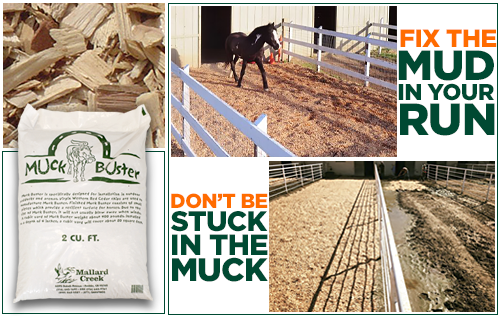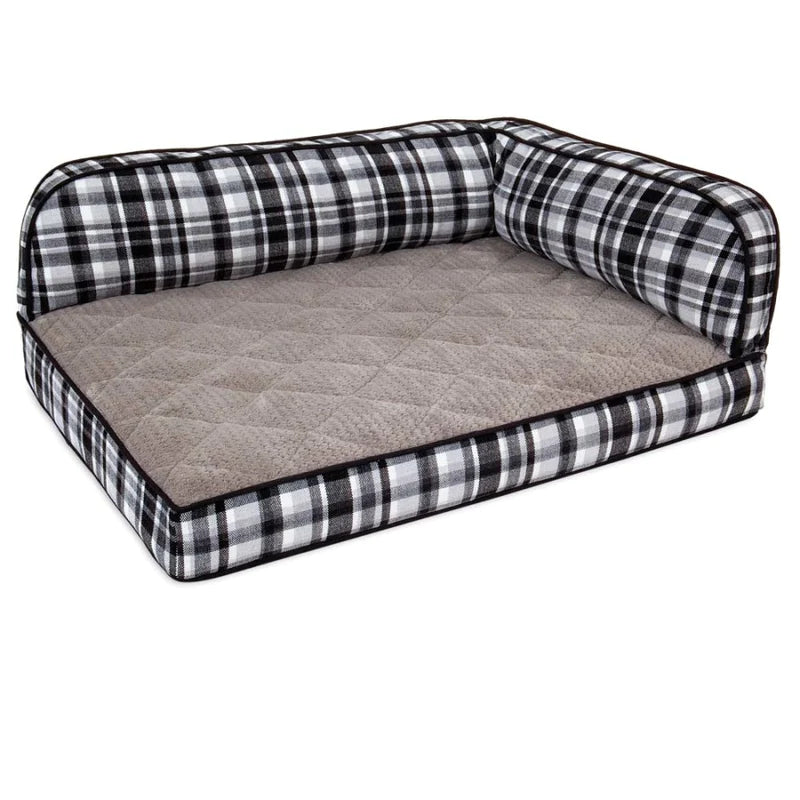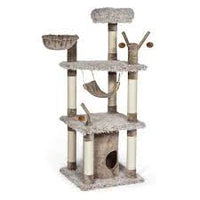Description
DESCRIPTION
Scientific Name: Steinernema feltiae
Nematodes are microscopic worms that inhabit the soil parasitizing immature stages of pest insects, including various species of larvae, grubs, nymphs, and pupae. Maintaining adequate moisture levels is crucial for the success of nematodes, as they depend on a film of water to move and locate hosts in the soil. Dry conditions can limit mobility and reduce effectiveness in parasitizing pests. Conversely, excessive water can lead to unfavorable conditions, such as waterlogged soil that may drown the nematodes or water runoff that could wash them away.
The lifecycle begins with mated females producing eggs that develop into pre-infective juveniles. These young juveniles are in a non-feeding stage, progressing through several molts until they develop into infective juveniles eager to feed. Infective juveniles actively seek and enter hosts through natural openings, releasing symbiotic bacteria toxic to the pest. The insect host dies within 2-5 days, and the juveniles feed on the tissues, often completing several generations inside the host. After the host has been consumed and depleted, the nematodes enter the soil in search of new hosts. Mature nematodes will mate, and females will produce eggs, repeating the cycle for as long as conditions are favorable.










